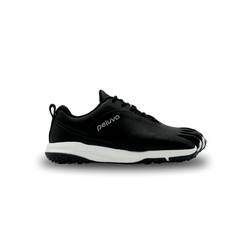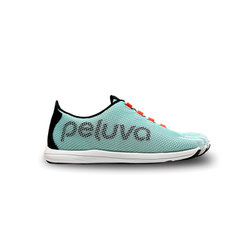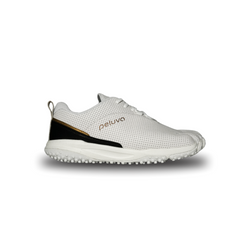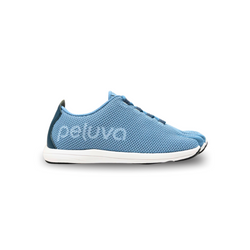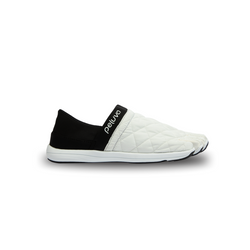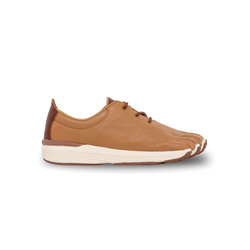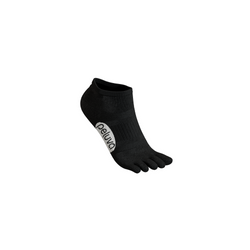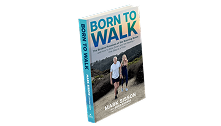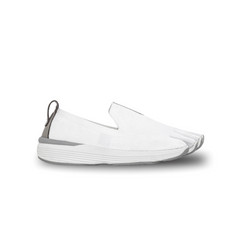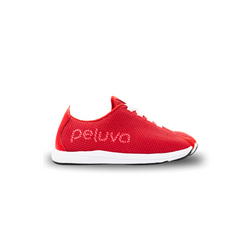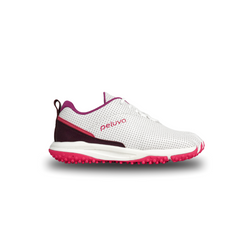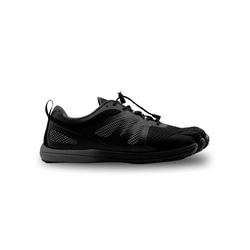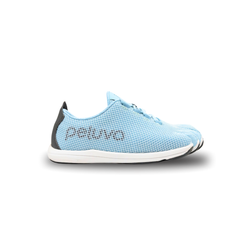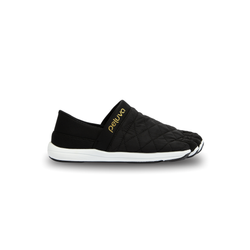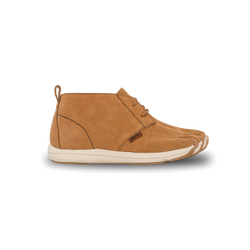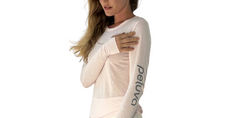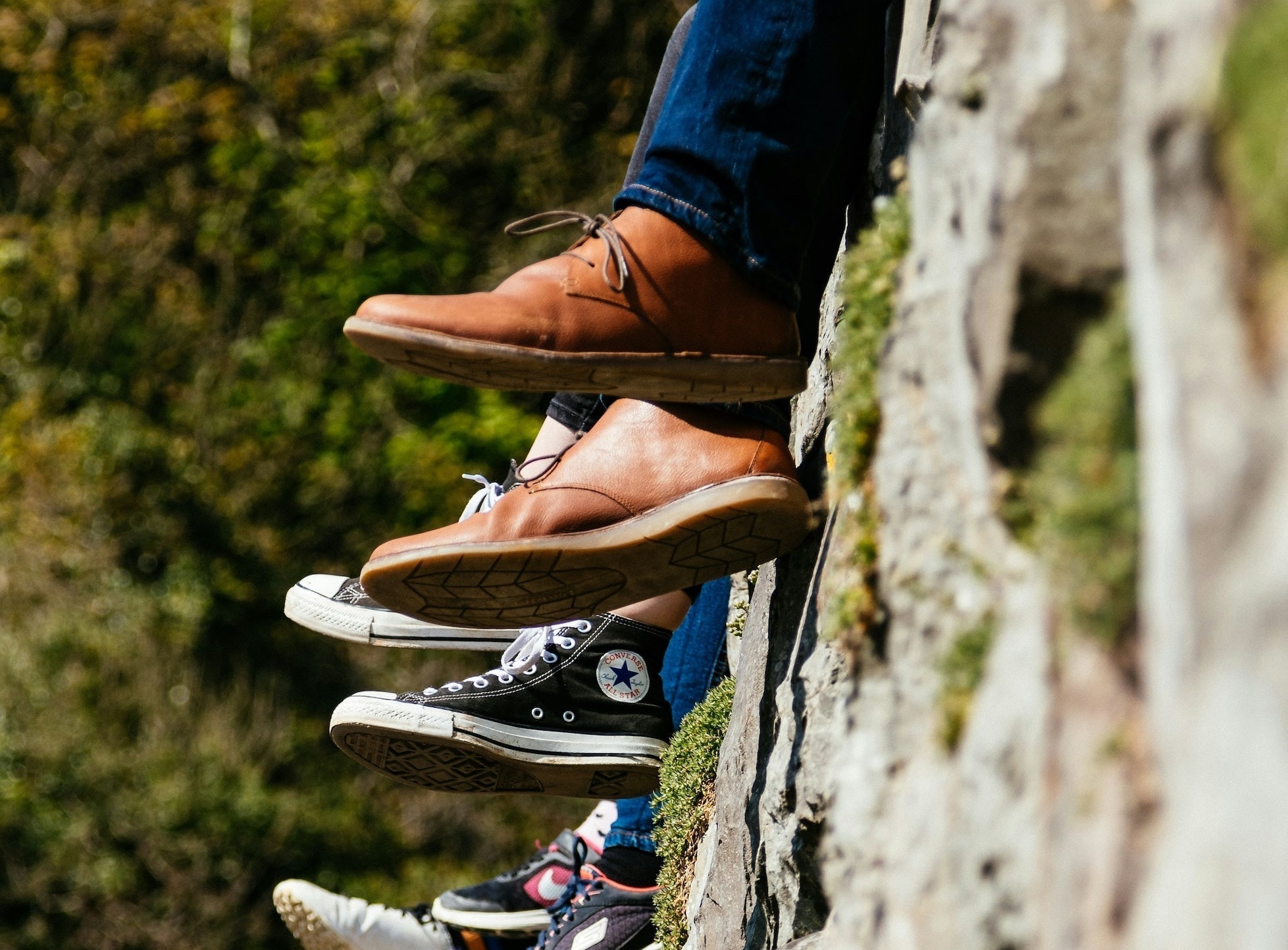Modern work, leisure, and athletic shoes “brace and encase” your feet in a manner that greatly compromises your amazingly complex and highly adapted feet from performing their important role in initiating and supporting all manner of simple and complex human movement. Over two million years, humans have evolved a complex network of muscles, joints and connective tissue elegantly designed for locomotion. There are 33 joints in each foot, and 25 percent of all the bones and muscles in the body are located in the ankle and foot. This complex network works harmoniously to absorb impact (even multiples of bodyweight when running), maintain balance, and provide forward propulsion for walking, running and everyday activity. Our eBook, The Ultimate Guide To A Barefoot And Minimalist Shoe Lifestyle (free download here), further details the many problems with brace and encase footwear, and how to safely and sensibly reclaim your foot functionality and live a more barefoot-inspired lifestyle. Following are some of the most health-destructive aspects of modern shoes—yes, even shoes marketed for “comfort” or “performance”:
Elevated heel: When your heel rides higher off the ground than your midfoot and toes, you inappropriately load your bodyweight over your midfoot instead of the heels. This promotes poor posture—such as a tucked pelvis, protruding abdomen, hunched shoulders, and compressed cervical spine. Elevated heels can promote functional strength imbalances and a loss of mobility in the quads, hamstrings, glutes, and hip flexors. Elevated heels inhibit the full activation of the Achilles tendon for impact absorption and propulsion. This causes a loss of power, increased impact trauma, and atrophy and increased injury risk to the Achilles and other muscles and tendons. Many experts, including biomechanist and bestselling author Katy Bowman, MS, contend that elevated heels are the single most destructive aspect of modern shoes.
Excessive heel cushioning: An elevated, cushioned heel is especially bad for running, because it enables a jarring/braking/overstriding technique instead of a correct midfoot landing over a balanced center of gravity. An heel-first overstriding gait in cushioned running shoes has been shown to generate seven times more impact trauma than a proper midfoot landing in bare feet! Shoes are definitely to blame here, because this heel-striking/overstriding/braking gait is virtually impossible to do when running barefoot or in Peluvas. If you tried to run for a few strides down the street while landing on your heel, you would immediately experience the extreme impact trauma and associated pain. Even in the most cushioned shoes, the foam material absorbs only around 10 percent of the impact forces, with the rest inappropriately dissipated throughout the lower extremities. Unfortunately, cushioned shoes compromise your proprioception so you don’t notice the increased and inappropriate impact trauma.
Compromised kinetic chain: Modern shoes disconnect us from the ground such that we are effectively starting simple (walking, jogging) and complex (athletic side-to-side movement) kinetic chain activity from above the ankle, instead of from the stable base of your highly proprioceptive foot connected to the ground. This increases injury risk to the knee, hip, lower back, and especially the ankle. Anyone who has flipped an ankle on a basketball court or a rocky trail can attest to this effect. Wearing big shoes is like performing your activities from a balance beam instead of from the ground!
Rigid sole with excessive arch support: Arches don’t need “support”—unless we weaken them from a lifetime in supportive shoes! The arch is designed to flatten and tighten during the stride to gracefully absorb impact, balance bodyweight, and harness kinetic energy for takeoff. The often-criticized “pronation” of the foot during the running stride is the natural and highly efficient way to absorb impact and propel forward. The human arch (there are actually three arches, two longitudinal arches and a transverse arch) is so important that evolutionary biologists contend it was a key feature in humans evolving to be able to walk upright! When you wear shoes with a rigid sole and contoured support structure (i.e., an artificial arch), you inhibit the desired lengthening and tightening of your arch during walking, running, and other activity. This inhibits proper impact absorption and propulsion and promotes atrophy. A weakened, constricted arch results in the extremely common conditions of plantar fasciitis (inflammation) and plantar fasciosis (death of connective tissue caused by restricted blood flow.)
Tight toe box: Toes wedged into a single restrictive box inhibit toe splay–the widening of the toes and midfoot upon landing that is essential for balance and impact absorption. A tight toe box also inhibits the extremely important independent dorsiflexion of the big toe that initiates the complex kinetic chain activity for the running stride. In particular, the big toe triggers the activation of the glute muscles, the largest and most powerful muscle group in the body. Constricted metatarsals and toes also prompt dysfunction and misshapening of the primary structural components of the foot (small bones, cartilage, and tendons). This results in common conditions like corns, bunions, osteomas, hammer toes, plantar warts, dermatitis, fungus, ingrown toenails, and athlete’s foot. Even the lauded “wide toe box” minimalist shoes do not actively encourage the toes to splay or the big toe to dorsiflex. A wide toe box might not be actively destructive like a tight toe box, but it doesn't strengthen, realign, and re-educate your feet like going barefoot or wearing Peluvas.
Toe spring: Toe spring describes an upward curvature of the front of a shoe sole, such that the toe box rests off the ground while the shoe is on the ground. Toe spring essentially pre-loads your toes into the dorsiflexed takeoff position, so you don’t have to work through the complete range of motion as you would barefoot. Toe spring is touted as a performance-enhancing feature of the new carbon-plated “super shoes.” Indeed, toe spring can improve running economy by pre-loading the toe into takeoff position without you having to do the work. However, it also overloads the plantar fascia by placing it under constant tension, and promotes atrophy of the muscles and connective tissue that operate the toes. Like other shoe performance features (arch support, elevated, cushioned heel, etc.) that make things “easier,” you also experience atrophy and increased injury risk over time.
After years and decades of using elevated, cushioned shoes, you experience atrophy and dysfunction to feet and lower extremities, with chain-reaction effects across your entire body. Your toes, arches, Achilles and calf muscles become stiff, compressed or shortened, weakened, and brittle due to atrophy. You develop poor posture and locomotion technique, and the chronic pain that results.
It’s time to correct course by gradually and gracefully transitioning toward a more barefoot-inspired lifestyle. Peluvas offer the most effective barefoot simulation of any shoe because of the individual articulation of the toes, as well as the zero drop, flexible sole design. The articulation of the toes is necessary for your foot to properly splay, balance, and propel you forward. Even the best wide toe box shoes are significantly less effective for toe splay, toe articulation, and ground feel - the ability for each individual toe to interact with the ground and improve proprioception.
Peluvas also offer ample cushioning to help you deal with unnatural hard surfaces, both indoors and outdoors, without excessive trauma. Remember, a lifetime in brace and encase shoes has likely resulted in significant atrophy and dysfunction in your feet—toes, arches, Achilles tendon and calf muscles. Each step you take in Peluvas is a step toward better foot health, but you must proceed with care and sensitivity. Please download our free eBook, The Ultimate Guide To A Barefoot And Minimalist Lifestyle for step-by-step protocols to help you safely improve foot functionality.
